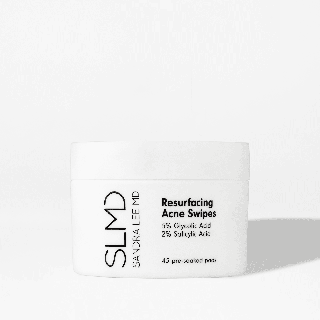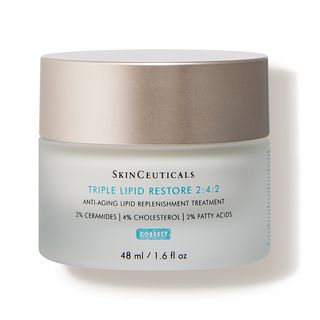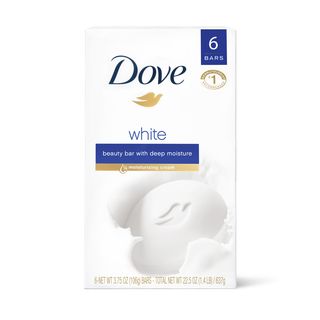The term “acid mantle” was first used in the early 1900s by German physicians, but
it’s only recently become a big buzzword hitting the skincare aisle thanks to moisturizers that tout “acid mantle repair” on their packaging. Yet so few of us know exactly what it means and why it’s important. So we asked top dermatologists to give us the scoop on our skin’s acid mantle.
What is the acid mantle layer of skin and why is it important?
The acid mantle is used to describe the acidic nature of your skin’s surface. “It’s this very thin film on the surface of our skin that acts as a barricade to bacteria and other viral substances trying to penetrate,” says Sandra Lee, M.D., a board- certified dermatologist and founder of SLMD Skincare. This slight acidity not only protects against bacteria, but also preserves the skin’s microbiome, ensures its structural integrity, and helps maintain its vital biological processes. “It’s our skin’s first line of defense,” she explains.
What is the acid mantle made of?
Skin’s acid mantle composed of sebum, which is the natural oil produced by the sebaceous glands in skin and our body’s sweat. “The acid mantle’s composition is slightly acidic, due to the combination of the amino acids from sweat and the triglycerides, fatty acids, and wax esters contained in the sebum,” says Marie Hayag, M.D., M.D., a dermatologist in New York City and founder of Fifth Avenue Aesthetics.
What causes the acid mantle to be disrupted and how can you tell if it’s damaged?
There are several factors that can disrupt the acid mantle and the natural pH of skin. This can lead to dryness, redness, irritation, and even a more aged appearance. The most common include:
Cleansers and soaps: Cleansing can increase the pH of skin, damaging its acid mantle, but it usually returns to its natural pH within a few hours. This “return rate” can be greatly influenced not only by the pH of a product but also the type of cleansing ingredients used. Syndet cleansing bars, like Dove Beauty Bar, quickly return skin to it’s natural pH after use because they are slightly acidic/neutral and contain milder cleansers than traditional bar soap. Other bar soaps typically have high pH, so skin can take a longer time to return to its natural state after use.Your age: Research has shown that age can affect the pH of skin. Throughout our life span, our skin’s pH changes from near neutral pH of newborn skin, to slightly acidic (lower pH) within your first year of life, and then gradually becomes more alkaline (higher pH) as we age. As pH increases with age, the acid mantle can become compromised.Skin disease: Inflammatory skin diseases such as atopic dermatitis (eczema), rosacea, and acne are associated with higher pH and a disrupted acid mantle. Maintaining a normal pH is important for treating these conditions.
How do you fix or repair the acid mantle?
“When the acid mantle is disrupted, it allows for irritants and bacteria to enter,” Dr. Hayag says, so it’s crucial to protect skin’s natural barrier. Here are the best ways to restore the acid mantle and prevent future damage:
Be gentle with cleansing: “Switch to cleansers that are gentle and contain fatty acids, ceramides, and other barrier-repairing ingredients that cleanse skin without destroying the acid mantle,” Dr. Hayag suggests. For the body, swap your bar soap with a syndet bar, which has a lower pH and is gentler on skin.Think about how you exfoliate: Reduce your use of exfoliating products, and if you feel the need to exfoliate, avoid scrubs, which can damage compromised skin, and instead “opt for chemically exfoliating acids like salicylic, glycolic, and lactic acid,” Dr. Lee recommends.Apply the right moisturizers: Some research shows that the use of a slightly acidic skincare product can normalize elevated skin pH and improve the acid mantle, but skincare brands typically don’t disclose the pH of their products. Instead of focusing on the product’s pH, “use moisturizers that contain ingredients like hyaluronic acid, ceramides, and probiotics,” Dr. Hayag says, which help promote the proper PH.See a health professional: Some disruptions in the acid mantle are associated with inflammatory skin diseases mentioned above. Talk to your dermatologist to address any individual concerns and receive recommendations for specific treatments.





